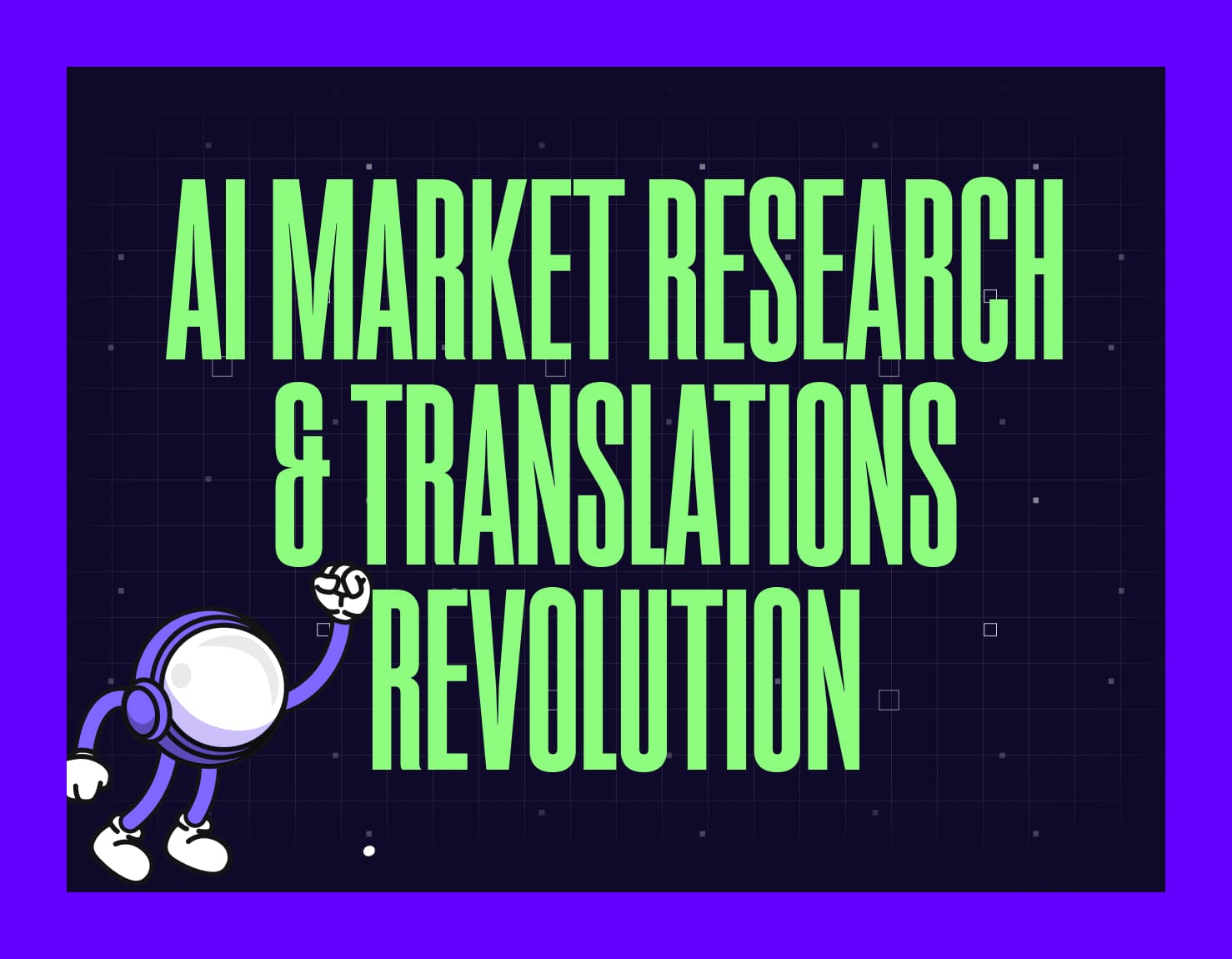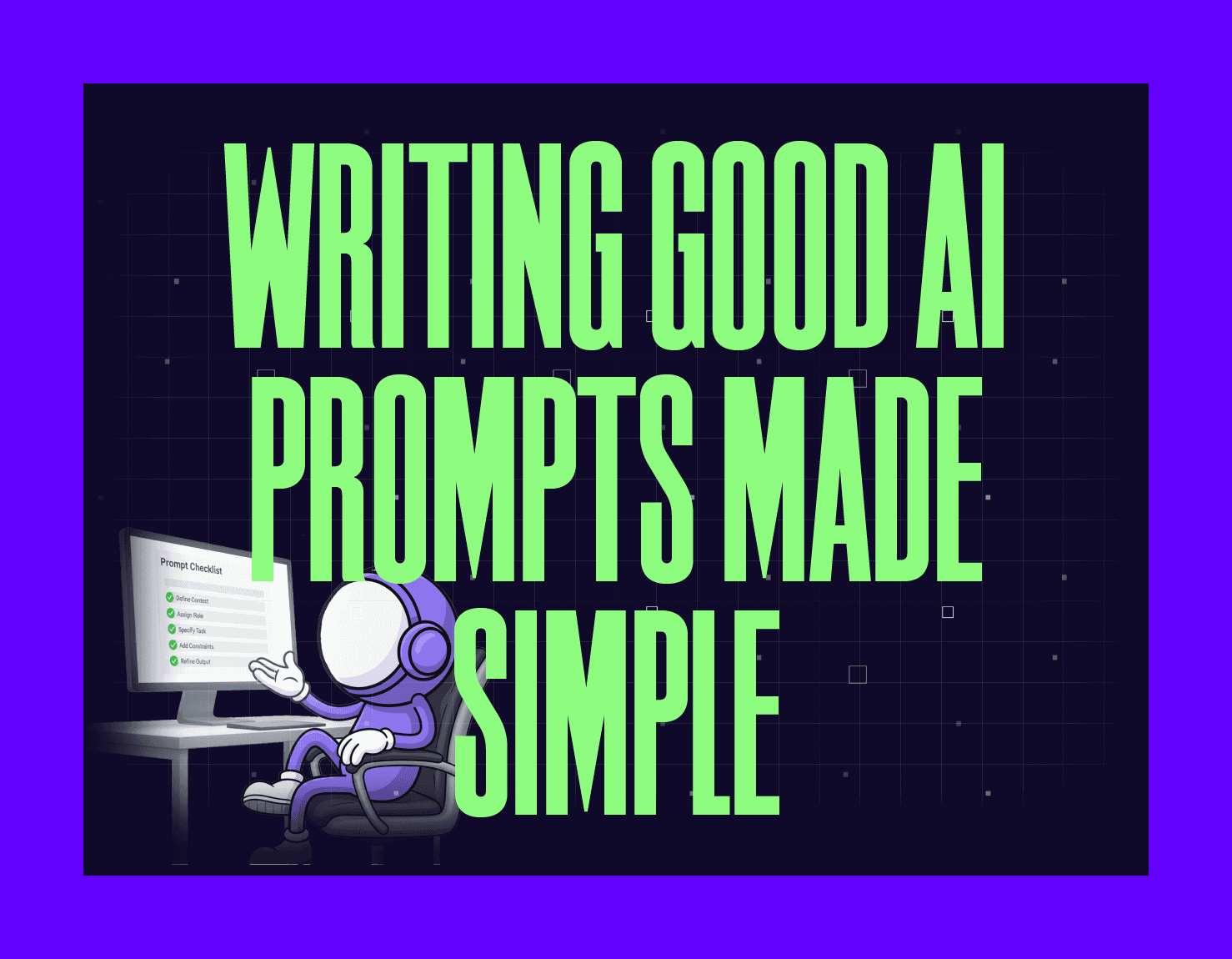LLM vs AI Agent: Business Automation Guide 2025

LLM vs AI Agent: Understanding the Key Differences for Business Automation
Ever wondered why your chatbot stops short when you need it to do something?
That’s the difference between an LLM and an AI agent, and knowing which is which determines what you can truly automate in your business.
The LLM vs AI agent debate is everywhere right now - from boardrooms to tech meetups to your LinkedIn feed. The distinction is technical and practical, and understanding it could shape how you build, automate, and outpace the competition.
Let's start with the basics.
Large language models (LLMs) are sophisticated text completion systems. You give them a prompt, and they generate a response. That's their core function - turning text into more text. They don't remember what you said last week. They don't make decisions. They just generate language. Each conversation is a blank slate, no memory, no context carried over.
How AI Agents Go Beyond Text
AI agents take this further (opens in new tab) by wrapping LLMs with additional capabilities: web search, code execution, file reading, and even decision-making. Where an LLM gives you answers, an AI agent can get things done (opens in new tab), like fetching live weather data or running multi-step workflows.
So, here's the foundational difference - LLMs generate language, while AI agents use that language ability as just one part of a broader skill set. It's like the leap from having a smart assistant who can speak to having one who can speak, act, plan, and remember.
Why This Difference Matters for Automation
As AI becomes more integrated into business processes, understanding what each tool can (and can't) do is critical. Pick the wrong one and you get chatty answers when you need automated action - or vice versa.
This article breaks down what each technology does, where each shines, and which problems they’re built to solve. You'll see concrete examples, and maybe even spot some new opportunities for your business that you hadn't imagined yet.
Now that we’ve covered what each is, let’s break down how they perform in real-world use.
Evaluation Criteria - Comparing LLMs and AI Agents
What Matters Most in Real-World Use?
Understanding this difference is one thing. Knowing which to use for your specific needs requires looking at concrete criteria. The key factors are autonomy, tool usage, memory, workflow complexity, cost, and learning curve.
Here's what matters:
- Autonomy: Can it act on its own, or does it wait for direction every time?
- Tool Usage: Does it use APIs, run code, or pull data from other sources? Or does it only generate text?
- Memory: Can it remember what happened last week, or even five minutes ago? This impacts follow-ups and multi-step tasks.
- Workflow Complexity: Is it good at simple Q&A, or can it break down complex processes into smaller steps and get them done?
- Cost: What's the price to operate, both in compute power and developer time?
- Learning Curve: How hard is it for your team to build with or manage?
For example, say you want an AI to handle invoice processing. An LLM might help draft emails, but forget previous conversations. On the other hand, an AI agent could track (opens in new tab) the status of each invoice, pull new data from your accounting system, and spot duplicates without extra prompts.
The difference between LLMs and AI agents (opens in new tab) often comes down to workflow. LLMs offer answers; agents deliver actions.
Let’s sum it up visually - here’s how LLMs and AI agents stack up side by side.
Feature | Simple LLM | AI Agent |
|---|---|---|
Autonomy | ✗ Stateless | ✓ Task-driven |
Tool Usage | ✗ None/Built-in only | ✓ API/code access |
Memory | ✗ No lasting memory | ✓ Persistent state |
Workflow Complexity | ✗ One step | ✓ Multi-step plans |
Cost | Lower (per task) | Higher (setup/use) |
Learning Curve | Easy | Moderate/Advanced |
LLMs offer answers.
AI agents deliver actions.
That’s the simplest way to think about it.
But to see where each shines, you need to look at six key criteria - autonomy, tool usage, memory, workflow complexity, cost, and learning curve.
Deep Dive: How LLMs and AI Agents Work
LLM Workflow: What Happens Under the Hood?
Large language models (LLMs) work by predicting the next token - the next word - in a sequence. You give them a prompt, and they continue until they complete your request. Each time you interact, it's a blank slate - no memory of past conversations, no hidden agenda.
For example, if you ask an LLM "What's the weather in Kaunas?", it analyzes your question using its training data. It generates a likely-sounding answer based on patterns it has seen before. But here's the catch - it can't check real-time weather or remember you asked yesterday. It just predicts text.
It’s like asking someone a question and getting an answer, but they forget everything you said the moment the conversation ends.
This stateless workflow makes LLMs fast and predictable for single-turn tasks like summarizing emails or suggesting code snippets. But for anything that needs context or action beyond text, their hands are tied.
For more technical details about this workflow, see LLMs vs AI Agents: Understanding the Difference and Why It Matters (opens in new tab).
AI Agent Workflow - Multi-Step Autonomy
AI agents combine language models with tool access - they can search the web, run code, access APIs, read files, and maintain state across interactions.
Here’s how it works in practice: You give an agent a goal - say, “Tell me today’s Kaunas forecast. The agent understands your request using its language model component. Then it plans steps - maybe searching the web via API, filtering results, and formatting an answer tailored to you.
Unlike simple generative AI models, agents maintain state across interactions. They can recall previous chats or tasks, remembering that last week you preferred Celsius over Fahrenheit, and adjust accordingly.
For example, a business builds an automated reporting tool with AI agents at its core. The agent retrieves sales data from multiple systems each night, generates charts in Excel format, and automatically emails them to stakeholders. Additionally, it logs issues for follow-up if errors occur.

On the other hand, classic LLMs would require explicit instructions at every step, without access to memory or multi-tool capabilities.
To learn more about how agent workflows differ from LLM workflows (opens in new tab) - and why that matters for automation - check out the detailed comparison.
Quick Answers:
- ChatGPT started as a simple LLM interface but now includes agent capabilities like web browsing, code execution, and tool use. Many modern "LLM" products actually have agent features built in, which is why the distinction is getting blurrier.
- True AI agents always combine (opens in new tab) language skills with autonomous actions and memory across tasks.
LLM vs AI Agent: Strengths, Weaknesses, and Best Fit
LLMs - Strengths, Weaknesses, and Use Cases
Large language models like OpenAI's GPT-4 work best when speed, simplicity, and cost matter most. They are great at turning prompts into clear answers or summaries - fast.
Need a quick product description or an email draft?
A simple LLM can handle it efficiently with minimal setup.
The big advantage is stateless processing. Each request stands alone, which means fewer privacy concerns and predictable results. Costs stay low because you pay per prompt, no complex workflows running up bills. There's not much to set up either. Drop in an API key and you're live.
But there are trade-offs. LLMs can't remember your last request or take real-world actions without help from developers wiring up extra tools. If you need up-to-date info or want to automate a business process end-to-end, they fall short (see this detailed breakdown (opens in new tab)).
Best for: content generation, FAQ chatbots, summarizing documents - tasks that stay the same from one run to the next.
LLMs give you answers fast, but they don’t act on them.

AI Agents - Strengths, Weaknesses, and Use Cases
AI agents go further by adding autonomy.
They combine large language models with tools for planning steps, searching web data, calling APIs - even reading files on their own (opens in new tab).
Need to onboard a new employee automatically?
An agent can collect HR forms, email IT for hardware setup, and track every step until the task is completed.
Their biggest advantage is context awareness - they remember what happened five steps ago and adjust course if something fails mid-way through a workflow. That makes them ideal for automating sales follow-ups or managing ticketing systems where memory matters.
However, this power comes with complexity.
Agents require more setup and maintenance.
Mistakes can multiply if an agent chooses the wrong tool or misinterprets instructions, so careful testing is crucial before launch. Costs can also rise when agents run long tasks across multiple services.
Best for: multi-step workflows where decisions and memory matter - like onboarding flows or research bots that gather fresh market data daily.
AI agents don’t just reply - they execute.

In Short
If you need quick, consistent answers with minimal setup, go with an LLM.
If your task needs memory, decisions, and independent action across tools, you need an AI agent.
Industry Perspectives on AI Agents and LLMs in Business Automation
Industry leaders are seeing the same shift - AI agents and LLMs are evolving into distinct but complementary tools for automation. As Charles Lamanna, Corporate Vice President of Business and Industry Copilot at Microsoft, explains (opens in new tab):
"AI agents represent the future of automation by not only understanding language but also autonomously executing complex workflows, which unlocks new efficiencies for enterprises".
Megh Gautam, Chief Product Officer at Crunchbase, adds (opens in new tab):
"While LLMs excel at generating human-like text quickly, it is the integration with tools and memory in AI agents that will drive truly intelligent, context-aware automation solutions".
These insights underscore a key point - choosing the right AI technology depends on your business goals, from fast content generation to complex multi-step automation.
As both technologies mature, pilot projects that combine them can help companies harness the best of both worlds, balancing speed with autonomy.
Conclusion - Turning Decision into Action
Choosing between LLMs and AI agents isn’t about which one is smarter - it’s about which one fits your workflow.
For simple, repeatable tasks where speed matters and context is disposable, LLMs deliver fast answers with minimal setup. However, when your workflow requires memory, multi-step execution, or real-time data—such as invoice processing across departments or dynamic reporting - AI agents step in to handle the heavy lifting.
Before deciding, ask yourself:
- Is your process linear or does it branch and loop?
- Do you need actions beyond text? (APIs, databases, or live data)
- Will results change if the system remembers past interactions?
- How sensitive is your business to cost versus automation quality?
If you ever catch yourself thinking, “I wish our chatbot could just do more,” that’s your sign you’re ready for agents - not just smarter conversations, but true autonomous workflows.
The Myth and the Reality
A common misconception - agents are always better.
In reality, extra power brings extra complexity. Sometimes all you need is fast, reliable text generation, and that’s where LLMs shine.
When your task needs reasoning, memory, and real-world actions, agents are the stronger choice.
Start small. Run pilot projects.
Experiment with both technologies before scaling.
The best automation doesn’t just replace work - it frees your team to focus on bigger challenges and more creative problems tomorrow.
How We Can Help
At MYGOM (opens in new tab), we don’t just talk about AI automation - we build it.
Whether you’re exploring LLMs for smarter content generation or AI agents for full-scale process automation, our team designs custom solutions that fit your workflow, not the other way around.
If you’re ready to bring automation into your business, start here:
- Learn how we built our own AI Content Generator for PayloadCMS (opens in new tab) - an example of real AI orchestration in action.
- See how we’re pushing boundaries with AI Market Research Translation (opens in new tab)
- Discover how we built an AI Vehicle Damage Assessment platform (opens in new tab) that automates hail damage detection, dent counting, and report generation—turning multi-day insurance inspections into a fully digital, real-time process.
- Explore how we built the Agentic AI Business Intelligence platform (opens in new tab) - a virtual analytics assistant that unifies financial, workforce, and project data to deliver real-time insights, anomaly detection, and smarter decision-making for growing teams.
- Learn how to Master AI Prompt Writing for Better Results (opens in new tab) - our guide to crafting clear, detailed prompts that help AI deliver smarter, more accurate, and more creative outputs every time.
AI isn’t just evolving - it’s becoming the backbone of modern business. Let’s build your next advantage together (opens in new tab).

Justas Česnauskas
CEO | Founder
Builder of things that (almost) think for themselves
Connect on LinkedIn

